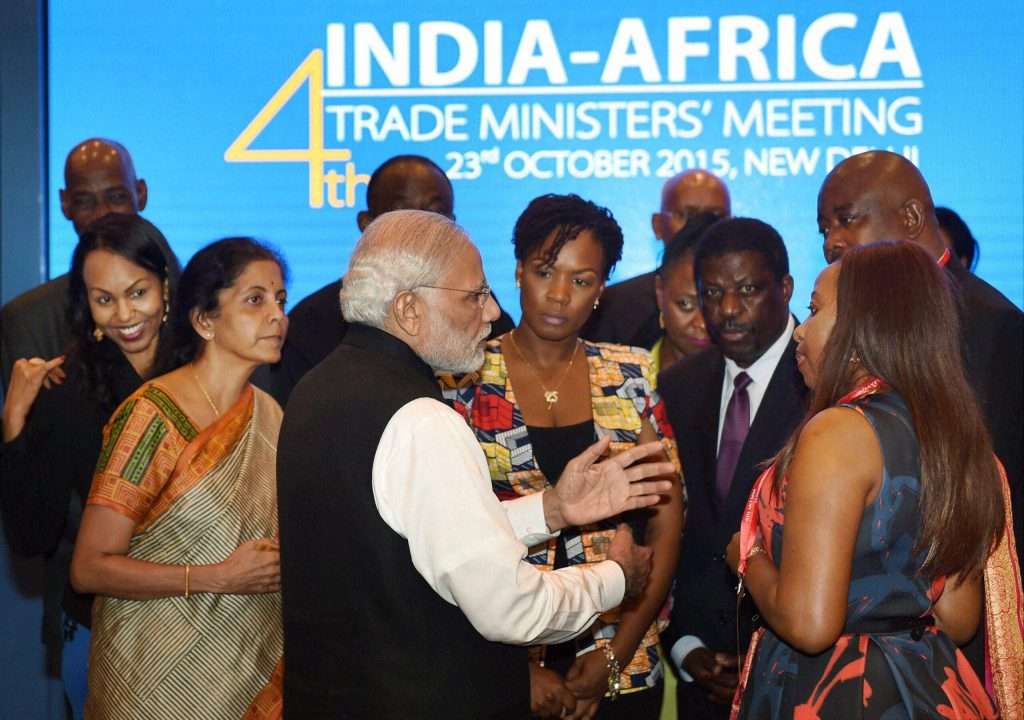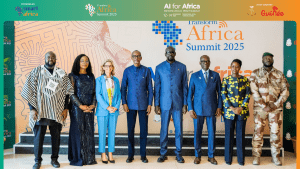Trump’s tariffs are driving India into Morocco’s arms

While the US president made good on his threat to punish India for buying Russian oil with staggering sanctions, New Delhi is now courting new bedfellows to replace Washington. The African continent, particularly the Maghreb, may be at the top of its list.
According to La Nouvelle Tribune on September 1, Africa’s vast resources and favorable tax regimes are making it a prime candidate for India to redirect investment and production.
In April, Trump announced in the White House Rose Garden that he was implementing a series of major tariffs. “My fellow Americans, this is Liberation Day,” Trump said. “Our country and its taxpayers have been ripped off for more than fifty years. But it is not going to happen anymore.”

While it was unsurprising that a president who once said that tariff was “the most beautiful word in the dictionary” was enacting trade barriers, no economist predicted the magnitude of his restrictions. The sanctions were slapped indiscriminately on friends and foes, and India was would be subjected to 26 per cent.
On August 27, however, Trump nearly doubled the tariffs to 50 percent, citing New Delhi’s purchases of Russian oil, which the White House claims is indirectly funding Moscow’s war in Ukraine. The results for India war swift, with the rupee falling to an all time low two days later on August 29.
Instead of deterring India, however, the Washington’s threats have only accelerated the pivot of one of the world’s largest economies toward the Global South.
Morocco, in particular, with its specialized industrial zones and a generous incentive framework might be an attractive option. The kingdom offers tax breaks, VAT exemptions, and customs relief to foreign investors. Nigeria, Ethiopia, and Botswana are also rolling out similar strategies, signalling a continental push to insert Africa more deeply into global production chains.
Clothing and jewelry, India’s most exposed sectors, face potential sales drops of up to 90% — a shock that would ripple through employment and export revenues. Analysts warn that without rapid adaptation, the damage could be irreversible.
One major GAP supplier illustrates the trend. With operations already in Kenya and Ethiopia, it is preparing to expand further in Africa should US surcharges climb to 50%. The firm currently enjoys a 10% preferential rate on textile exports, making local production increasingly attractive. Company officials say the strategy is designed to lock in ties with US distributors while hedging against future restrictions.
Africa offers a new market for india, which could reshape global supply chains. By establishing a permanent presence in Africa, Indian companies would contribute to the rise of local industries while reducing their dependence on Asia.
La Nouvelle Tribune/ The Guardian/ Maghrebi
Want to chase the pulse of North Africa?
Subscribe to receive our FREE weekly PDF magazine











